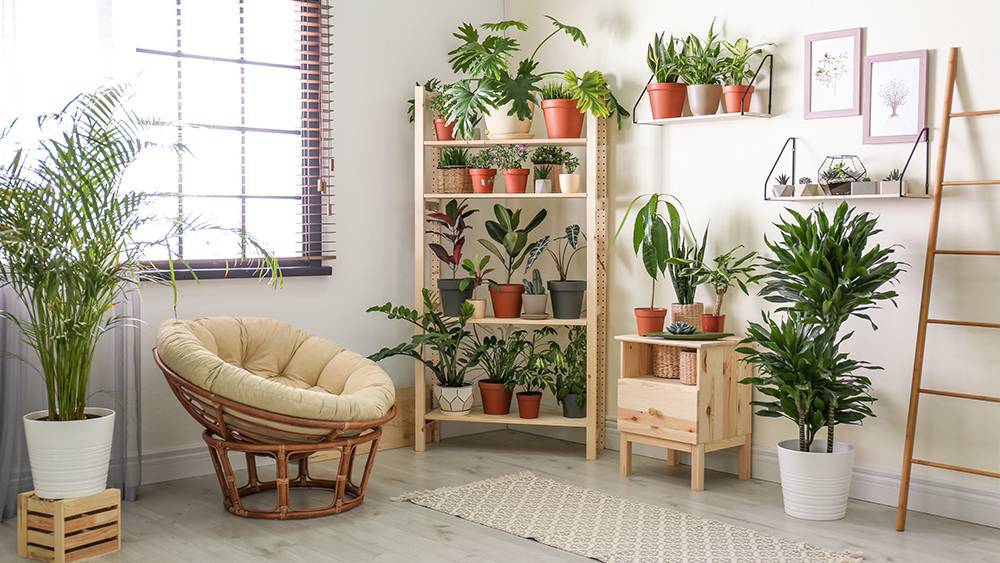
Key Takeaways
- Certain houseplants naturally absorb excess moisture from the air, helping to reduce indoor humidity levels.
- Plants like English Ivy, Boston Fern, Peace Lily, and Spider Plant are effectively absorb moisture from the air.
- Indoor plants can also help improve your air quality.
Is high humidity a problem for your house in summer? Do you struggle to eliminate mold, mildew, and bacteria that thrive in a moist environment? Does humidity affect the air quality in your home?
Getting a dehumidifier can help, but why not go for something natural and more effective?
Bring the green jungle indoors!
It’ll be worth the effort, and your plants will take charge of all your humidity problems. You might think that plants only harvest moisture; however, some plants also absorb humidity and take care of associated hazards.
Moreover, humidity absorbing plants can also bring the temperature down, provide fresh air in your home and improve indoor air quality.
Let’s have a look at how plants absorb humidity from the air and what are some of the best houseplants to reduce humidity in your space.
- Why Do You Need to Maintain Humidity Levels Indoors?
- How to Check Humidity Inside Your Home?
- How Houseplants Absorb Humidity & Cool Your Home?
- 1. English Ivy
- 2. Bamboo Palm
- 3. Tillandsia - Humidity Absorbing Plant
- 4. Calathea
- 5. Peace Lily
- 6. Begonias
- 7. Spider Plant
- 8. Boston Fern - Humidity Absorbing Plant
- 9. Orchids
- 10. Nerve Plants
- 11. Cast Iron Plant
- 12. Lucky Bamboo
- 13. Bird’s Nest Fern
Why Do You Need to Maintain Humidity Levels Indoors?
When you are drenched in sweat on a hot summer afternoon, high humidity levels are to blame.
In summer, humidity levels are high because hot air holds more moisture. In excess humidity, your body’s evaporation process slows down. When sweat cannot evaporate, your body fails to cool down. In extreme levels, this can be fatal and lead to heatstroke.
Humid air is also difficult to breathe, especially for people with asthma. This is because it traps air pollutants and allergens like pollen, dust, and so on, becoming a cause behind air conditioner allergy. In addition, when humidity exceeds 60% in your home, it encourages the growth of mold.
Therefore, it becomes crucial to maintain optimal humidity levels indoors.
How to Check Humidity Inside Your Home?
Usually, a hygrometer is used to measure humidity levels inside homes. We recommend you using a smart AC controller instead. In addition to measuring the humidity, it can connect with your air conditioner. Its Comfy Mode enables users to set humidity ranges, and your AC will run to maintain it.
Even if you’re using humidity-absorbing plants, Cielo Breez smart AC controllers come in handy. You’ll be able to monitor your home’s humidity remotely via the Cielo Home app.
Your best choice to make any mini-split, window,
or portable AC smart. Enhance your comfort and savings.

How Houseplants Absorb Humidity & Cool Your Home?
Houseplants are an excellent solution to manage indoor humidity.
They absorb water vapor through stomata in their leaves, and the moisture then travels to the roots. This helps reduce the high humidity levels, and when the moisture transpires from their leaves, it leaves a cooling effect on the surrounding air.
All plants absorb moisture from the air, but some are incredibly efficient in doing that. Plants like moist soil thrive in high humidity and are most effective at absorbing water vapor from their surroundings. However, plants that are originally from dry areas that receive little rainfall can also extract moisture.
Let’s take a look at 13 humidity absorbing plants that’ll make your lives pretty easier:
1. English Ivy
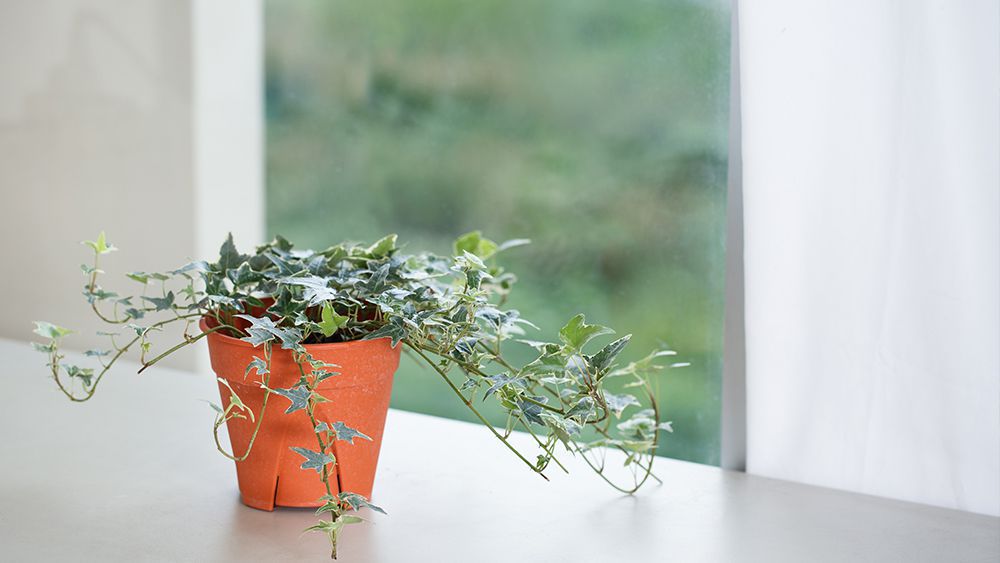
English Ivy plants love humid spaces. Homeowners keep them in their bathrooms, bedrooms, and kitchens to achieve the ideal humidity levels.
English Ivy plants also purify the air and remove mold that is common in hot, humid areas.
They do not demand extra care provided that they are given the right conditions. In perfect conditions, they multiply rapidly and are considered invasive.
They do not require plenty of light and can be put in shaded areas in summer. Just keep the soil moist in summer to avoid the wilting of its leaves but be mindful of overwatering them. Excess water in their soil mix can lead to root rot.
It’s best to keep them in a hanging pot as an elevated level helps them to absorb moisture from the air better.
2. Bamboo Palm

With their thin, dark green leaves, bamboo palms are plants that absorb humidity and enjoy warm weather.
They can do well in medium to low light conditions, which makes them a perfect houseplant. You should keep their soil moist, especially in summer, to avoid crispy leaves. In high humidity, their leaves will have a slight shine due to added moisture.
In your home, you can place this houseplant in the kitchen, bathroom, or bedroom to reap the benefits. Putting one or two huge bamboo palms in one place helps in reducing the air-water content. When humidity levels are challenging, it gives a cool and relaxed feeling.
3. Tillandsia – Humidity Absorbing Plant

The funnel-shaped plants with their triangle-shaped leaves, tillandsias, are a unique variety in houseplants. They are epiphytic plants, which means they do not live in soil and get their nutrients from the air. Therefore, tillandsia plants are also called air plants.
They are quite efficient in absorbing moisture from the air. Thus, air plants can help in reducing the air’s water vapor content, making it feel less warm.
They thrive in warmer temperatures which makes them an excellent houseplant for the summer season. They are native to the southern US, and in their natural habitat, they are found attached to rocks, shrubs, and trees.
You can put air plants on a bookshelf or place them in a glass jar but other than that, treat them like any other houseplant. They need a good amount of light to survive. A southern or east-facing window is ideal for air plants.
Since they do not require soil, taking care of air plants is relatively simple. There is no hassle of checking the soil and repotting them every growing season. Give them a good drink every week by drenching them in the water for 10-15 minutes, and they will last quite a long time.
4. Calathea

Calatheas have beautiful green foliage, and to maintain the shape and texture, they require high water content in their environment. Their leaves curl inward when they don’t get to collect moisture from the air.
These humidity absorbing plants do well in brightly lit conditions, but harsh and direct sunlight can bleach their leaves. Calatheas enjoy a lukewarm shower when the topsoil is dry.
With these plants, it’s best to incline towards less watering than overwatering. It can bounce back from underwatering, but too much water in the soil will mark its death.
5. Peace Lily
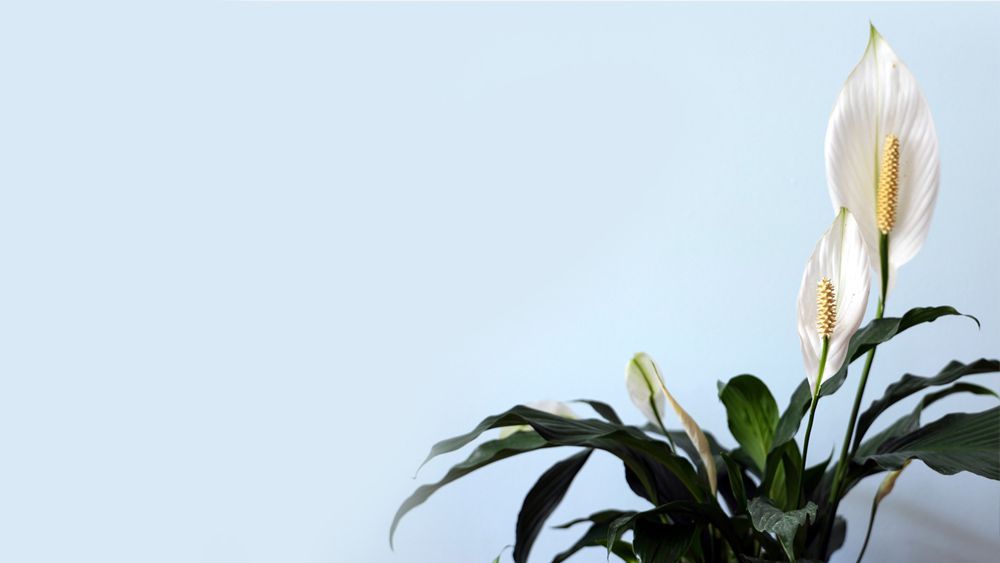
Peace lily plants with their white flowers and deep green foliage make a great addition to your plant collection.
They are native to tropical conditions and make an excellent humidity-absorbing plant. As their native environment is full of moisture, they like damp soil and enjoy humid conditions.
In summers, several peace lilies in one place can also help maintain home temperature by absorbing excess humidity from the air.
Keeping them moist and providing them with bright, indirect light is the key to peace lilies. Equipped with the right amount of light, they can bloom throughout the year, producing beautiful white flowers.
6. Begonias
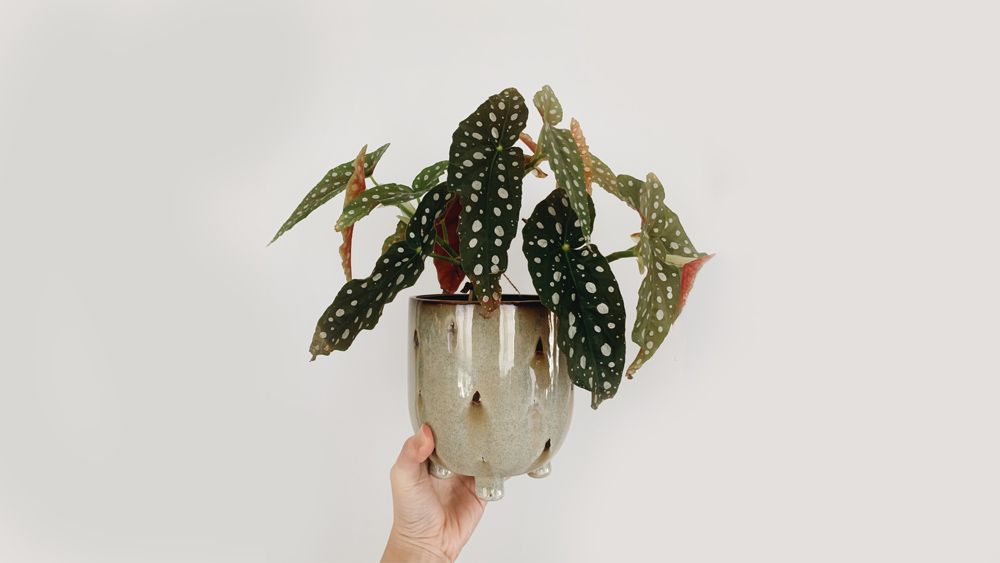
Begonia genus contains more than 1800 plants native to tropical regions. They bloom in spring and summer if taken outdoors during these seasons. Waxy begonias are generally kept as houseplants, and their main appeal is their colorful foliage.
Plant parents struggle with this plant in winters due to low humidity levels. However, in summers, even a beginner can take care of them. Warm temperature and lots of moisture can keep begonias happy and thriving.
Since they take in water using their leaves, begonias are beneficial for households in hot weather. They remove the sticky feeling from the air and reduce the impact of heat in summers.
In a humid environment, their care is quite simple. Put them in well-draining soil and give them indirect sunlight. Begonias do pretty well in partial shade and diffused sunlight.
7. Spider Plant

Spider plants are popular in many households due to their easy care and ability to flourish. They are called spider plants because when matured, they produce tiny spider-shaped baby plants.
They can survive in dry conditions, but they are the happiest in a humid atmosphere. Spider plants absorb water from their slender leaves, which lowers the moisture level in the air. This also helps in keeping their leaves fresh; otherwise, they start to brown and crisp.
If you live in an area where humidity gets unbearably high in summers, putting spider plants clustered together can help. The higher the number, the better it is for lowering the humidity and cooling your house.
8. Boston Fern – Humidity Absorbing Plant
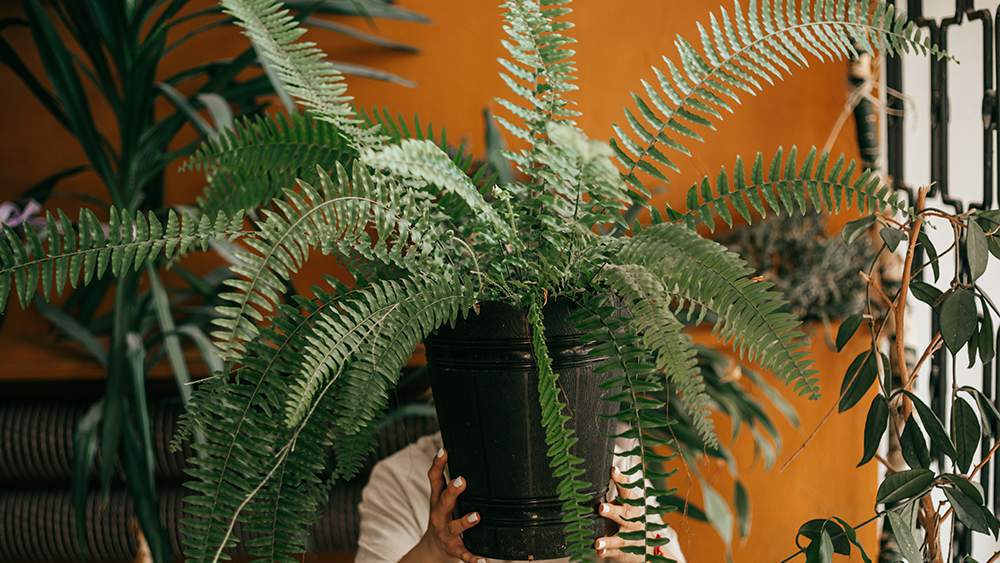
Boston Ferns are evergreen plants that absorb humidity from their atmosphere. They require filtered light to flourish. They enjoy being in damp places. This feature makes them an ideal houseplant in areas with high humidity.
Boston Ferns remove the stickiness from the air and balance out the moisture count in your house.
Like other house ferns, they cannot tolerate dry air. The fronds will dry up, leading to the death of the plant. Keeping the soil moist is another factor in successfully growing this plant.
9. Orchids

Orchids are another type of blooming plant that absorbs moisture and cools your house in summer. Humidity levels of 60 to 80 percent are ideal for them to grow successfully.
Some types of orchids are grown in the soil, while others are epiphytes and grow in the air. For soilless orchids, their growing medium should be able to provide moisture and support. You can opt for sphagnum moss, peat moss, or fir bark for these orchids.
These humidity absorbing plants require bright, indirect light to survive. In the growing season, they produce blooms that add to the aesthetic value of your space.
10. Nerve Plants
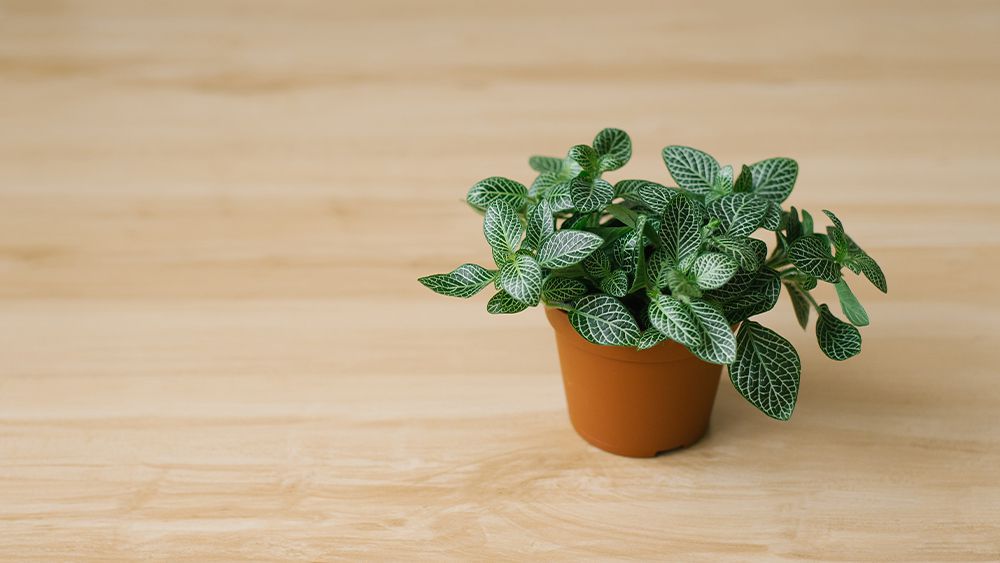
With thin whitish veins prominent on their dark leaves, nerve plants are also humidity absorbing plants.
Nerve plants like their soil to be constantly moist. Further, they require a high amount of ambient humidity similar to that found in rainforests.
When you place them in your homes during summer, they can help absorb much of the vapor content, lowering the surrounding temperature and humidity levels.
They are not suitable for new plant parents. They can be quite tricky to care for because they cannot tolerate direct light and stagnant air.
Keeping it in terrariums is comparatively easy. If you are not using it as a dehumidifier, you can opt for that option.
11. Cast Iron Plant
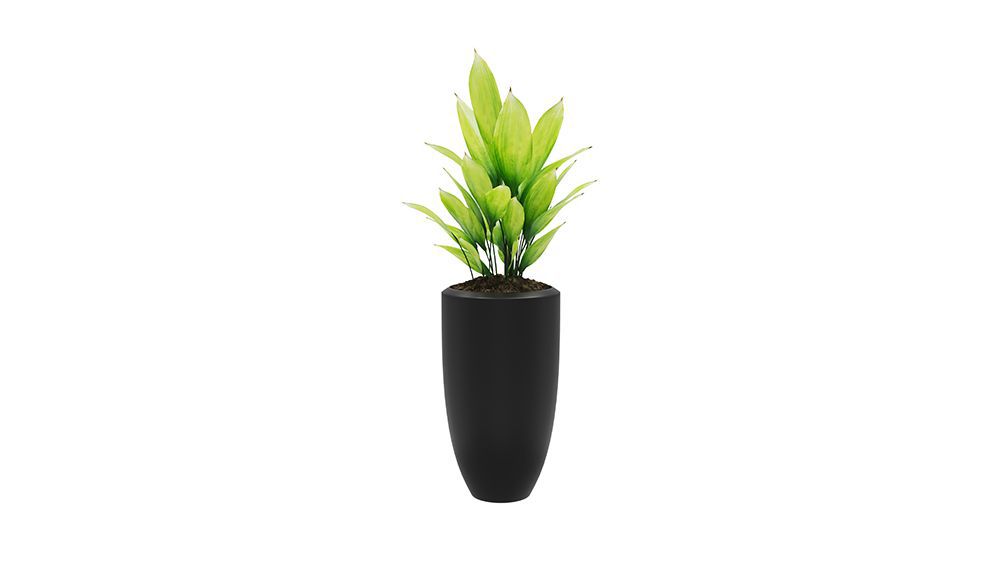
They are considered hard to kill, low-maintenance houseplants. Cast iron plants crave humid conditions and harvest moisture from their medium green foliage.
Keep the soil evenly moist and give it bright indirect light to keep cast iron plants satisfied in your home. However, it is a hardy houseplant and can survive in substantial shade.
You can also use cast iron plants in landscaping to cool down the area around your house in summer.
12. Lucky Bamboo

Consider nearly indestructible plants, lucky bamboos, which come in various shapes and sizes. They resemble the stalks of bamboo but are not related to the bamboo family at all. Homeowners use them as decorative plants in their homes.
In summer, a warm, humid house provides the perfect environment for humidity absorbing lucky bamboo plant. Their growth increases in these conditions and requires repotting every year. They can be grown in both soil and water mediums.
When put in different glass containers, they not only reduce the ambient humidity but also serve as a decor piece in your house.
13. Bird’s Nest Fern
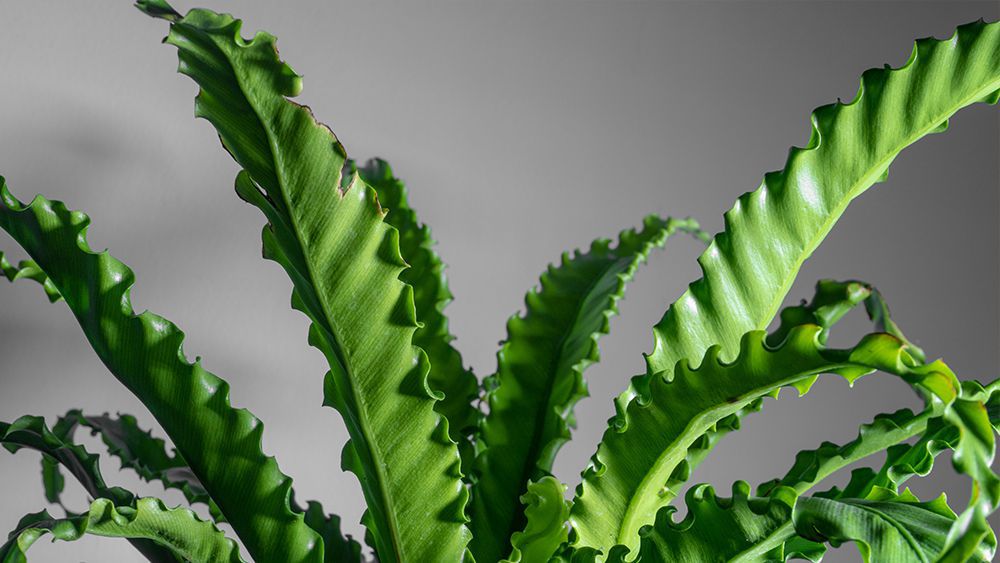
Bird’s nest ferns can add a jungle vibe to your home with their wavy green leaves rising from a central rosette. The frond emerging from the rosette resembles bird eggs, hence the name.
They love the extra moisture that hot, humid homes can provide in summer. Their leaves harvest the moisture and use it to nourish themselves. In less humid areas, bird nest ferns quickly dry up as they are not able to absorb the water.
These leafy plants like moderate, indirect light and water it when the topsoil is slightly dry.
One thing to keep in mind – all the plants mentioned above love moisture, but it does not mean that you can get away with overwatering. Excess soil moisture is harmful to all types of plants and leads to root rot in most cases. It can also encourage the growth of mold in your home.
With proper care, you can have your humidity absorbing plants thrive in your home and keep your house cool in summer.









1 Comment. Leave new
Thanks for the information.